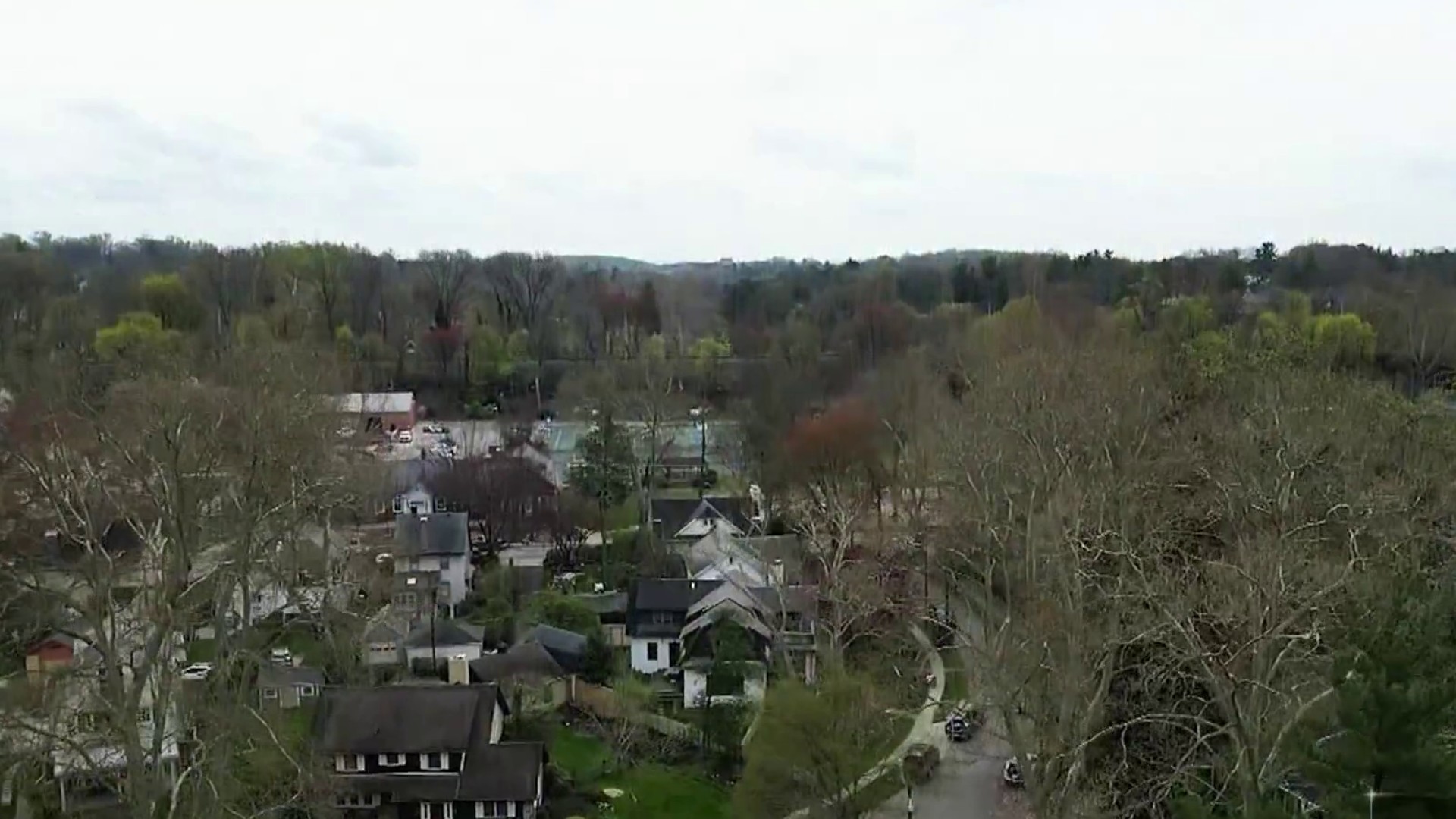Philadelphia police are utilizing bullets at crime scenes more than ever to piece together links between shootings and gunmen.
Investigations of shootings now involve analysis of all bullets and shell casings found as part of detective and street work by local police, according to officials who oversee the lab work.
They are agents with the local division of the federal Alcohol, Tobacco and Firearms law enforcement agency.
"They weren't done efficiently beforehand," ATF Assistant Special Agent-in-Charge Robert Cekeda said. He is in charge of the division's crime gun intelligence center.
The policy change is simple, yet constitutes a monumental shift.
For decades, the Philadelphia Police Department only analyzed ballistic evidence needed for trials. Other shell casings collected at crime scenes sat in evidence lockers across the city.
Two years ago, a new collaboration with the ATF meant the collection and analysis of all shell casings. It was extra work, officials have said. In Philadelphia, investigators now analyze roughly 65,000 bullets and shell casings every year.
Local
Breaking news and the stories that matter to your neighborhood.
But it's paid off and solved crimes.
Take the case of Robert Gotwalt, who was shot in 2015 breaking up a robbery on his block in the Kensington section of Philadelphia.
Detectives had few leads initially. But once the ATF investigators began analyzing the bullets found in Gotwalt's attack, they found the same gun had been used in seven different shootings.
Eventually, the gun was traced to a man named Amin Ackridge, investigators said. Officials credited the more comprehensive ballistic analyses with connecting the dots and solving seven violent robberies.
Ackridge is serving 178 years in prison.
"It allows us to take all of our collaborative efforts and to identify, investigate, and incarcerate the trigger-pullers," Cekeda said.



